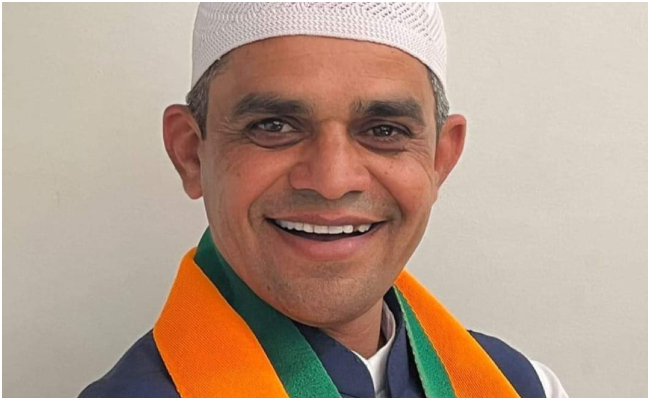Supreme Court Justice BV Nagarathna recently addressed the NALSAR University in Telangana, offering critical insights into the demonetisation policy and her dissent regarding its execution.
Justice BV Nagarathna expressed skepticism towards the demonetisation policy, suggesting it served as a means to convert black money into white. She highlighted the discrepancy between the policy’s aim of eradicating black money and the observed outcomes.
Reasons for Dissent
The plight of the common man during the demonetisation period deeply moved Justice Nagarathna, prompting her dissent. She questioned the effectiveness of demonetisation in achieving its intended goals, particularly considering that a significant portion of the demonetised currency returned to the Reserve Bank of India (RBI).
Communication and Preparedness Challenges
Justice Nagarathna criticized the lack of adequate communication and preparation preceding the demonetisation announcement. She highlighted the haste with which the decision was made, suggesting that even the then Finance Minister might not have been fully informed.
Policy Intent vs. Outcome
Although demonetisation was initially framed as a measure to curb black money circulation, Justice Nagarathna noted that the results seemed to contradict this objective. The majority of the demonetised currency consisted of Rs 500 and Rs 1,000 notes, raising concerns about the impact on daily wage earners.
Shift to Plastic Currency
Justice Nagarathna questioned whether it was a suitable means to transition from paper currency to plastic currency. She suggested that demonetisation may not have been the optimal approach for such a transition.
RBI’s Autonomy
Justice Nagarathna also raised concerns about the independence of the RBI in the decision to cancel currency denominations. She suggested that the RBI might not have applied an independent mind in this regard.
In summary, Justice BV Nagarathna’s critique of the policy encompasses various aspects, including its execution, impact on citizens, communication challenges, and alignment with broader policy goals.
Also Read | https://themobilenewsnetwork.com/surendran-bjp-to-contest-against-gandhi/




